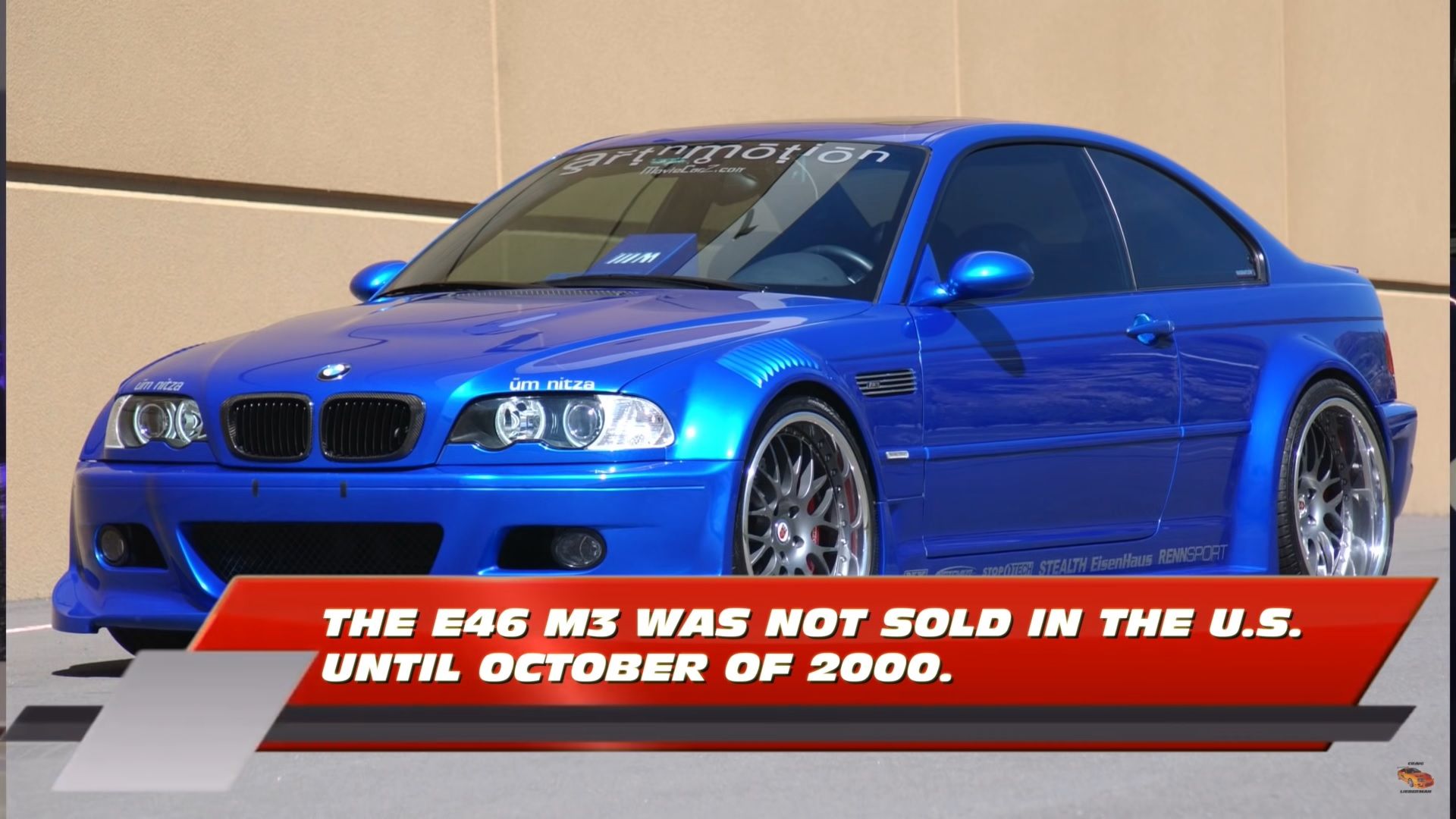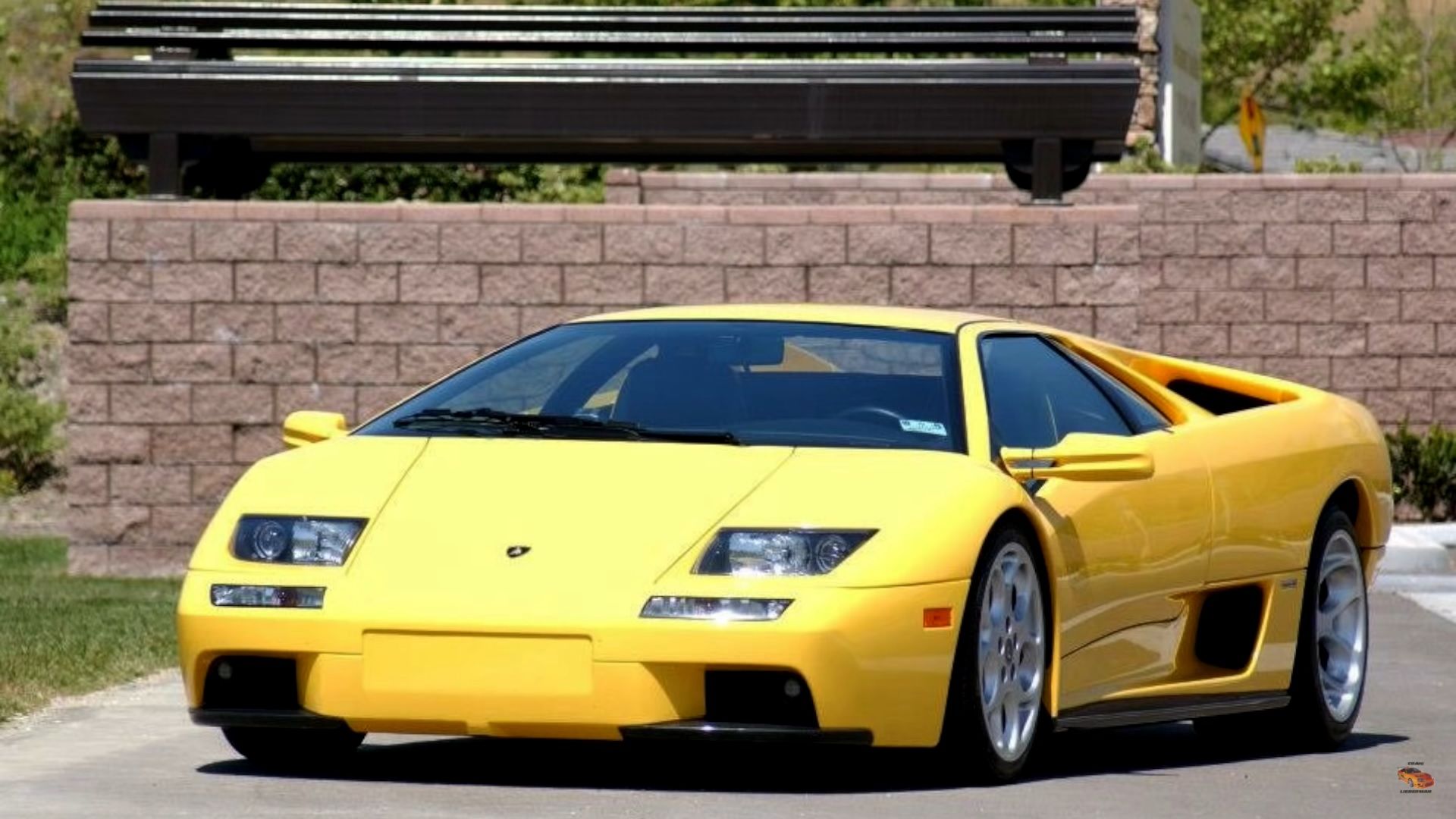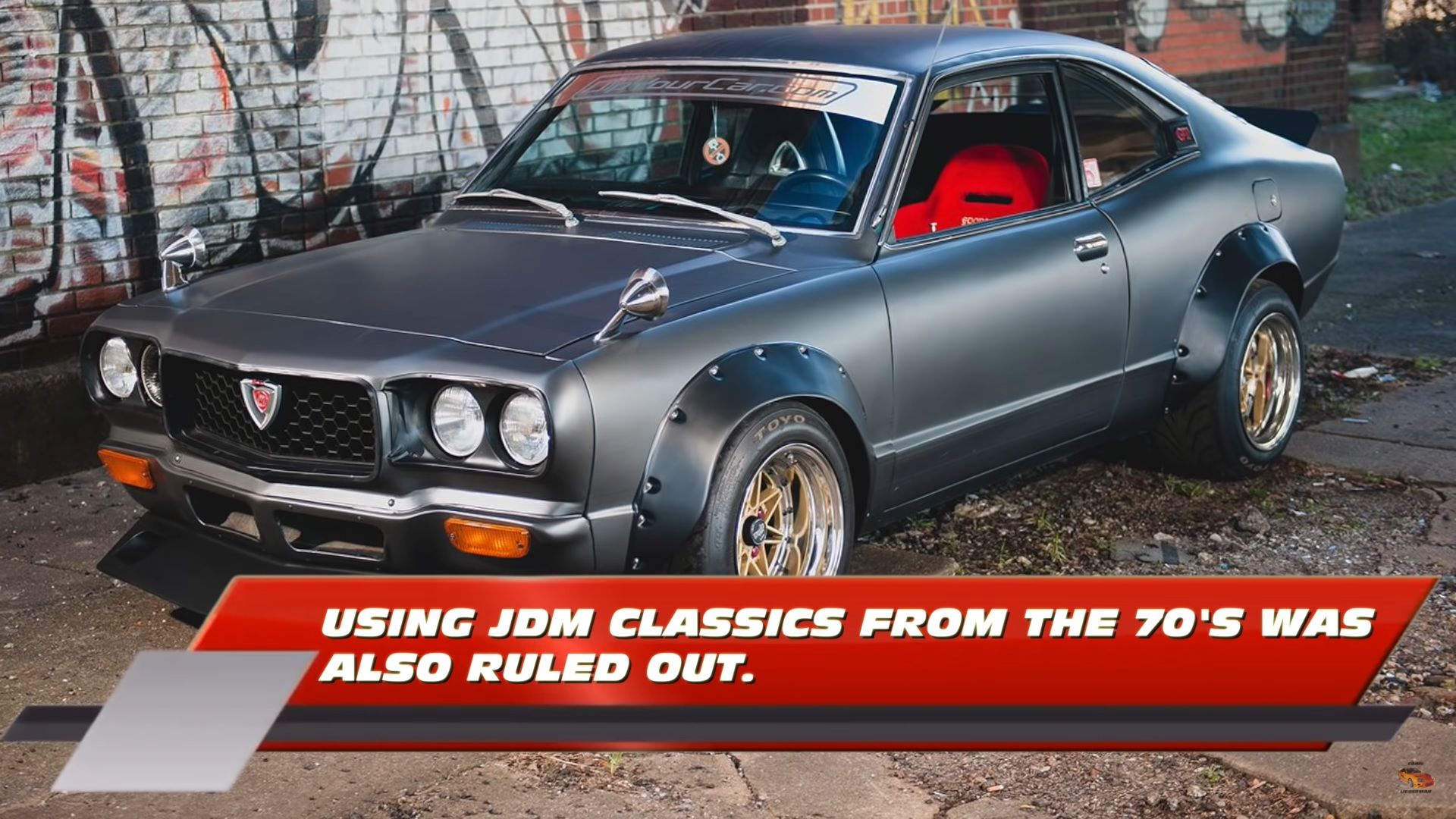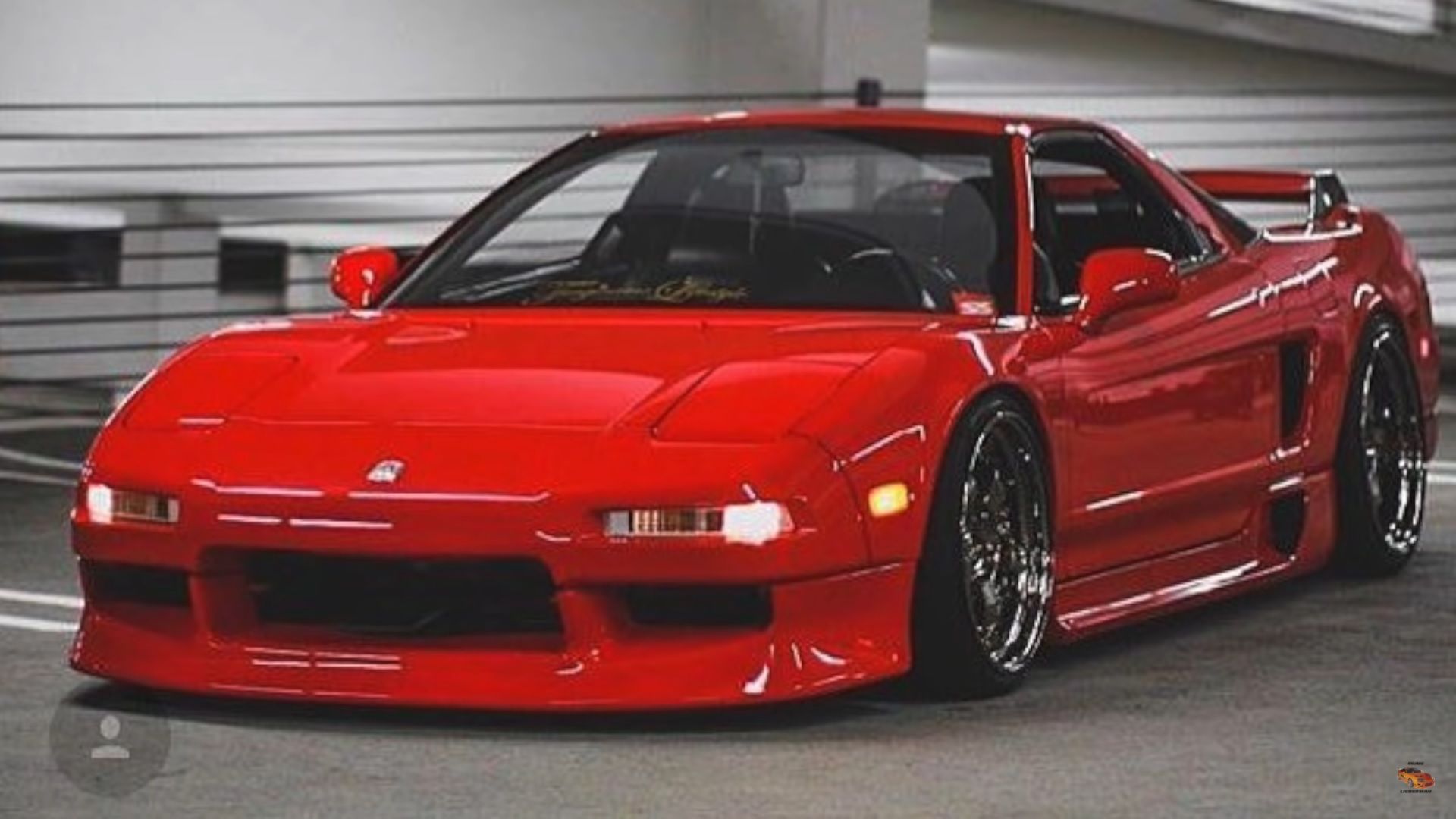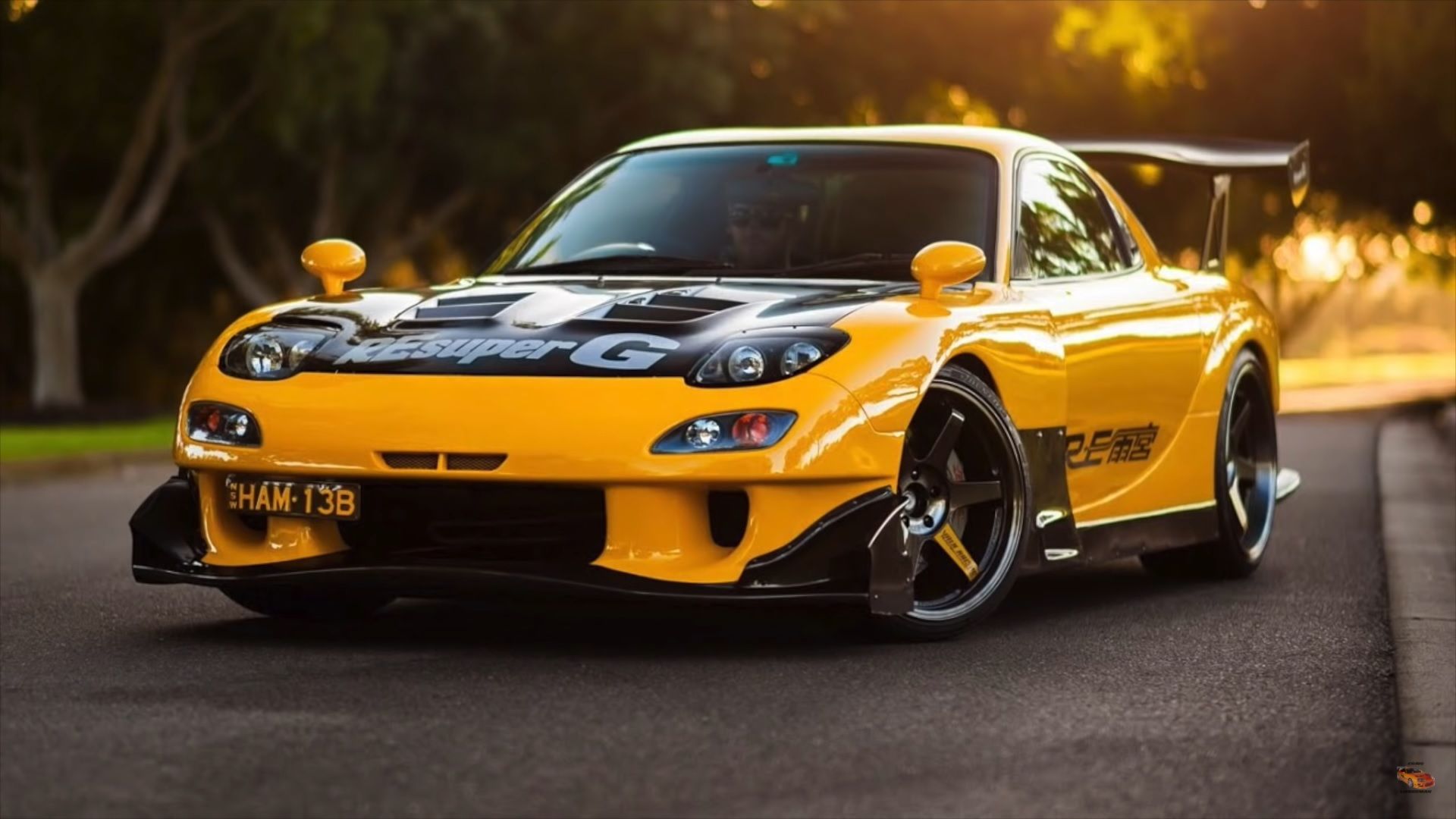You can argue that the Toyota Supra Mk IV and the 1970 Dodge Charger became even more popular because of their appearance in the original movie. But while a lot of people associate these two cars and a slate of others with the franchise, there are just as many vehicles — if not more — that almost made it to the movie. Craig Lieberman was the technical director of the Fast & Furious, and according to him, a lot of cars were considered for the original movie but were ultimately rejected for one reason or another. It’s time to drag race down the Fast & Furious memory lane with Lieberman to learn which cars didn’t make it into the movie. There are a lot of them, including a few surprise omissions.
Before we dive into the cars that didn’t make it into the Fast & Furious movie, it’s important to establish the conditions that were set in picking the cars that would be used in the movie. According to Craig Lieberman, the movie’s technical director and a gearhead himself, the first movie only had a budget of $2 million for all the cars that were going to be used.
In fact, the Nissan Maxima that Vince drove in the movie was actually owned by Lieberman himself.
Another rule laid out was that all cars had to be sold or rented in the U.S. Imports were not allowed because of budget and logistics constraints. All cars also had to be “current” models relative to the drag racing and car tuning scene in California back in 2000. Supercars weren’t allowed, which explains the lack of Italian exotics in the first movie. JDM models from the 1970s were also ruled out because of the time and trouble procuring them. A host of other rules were set in place to properly choose which cars could appear in the movie and which ones didn’t make the cut.
Lieberman ran down a long list of cars that were rejected, and if you happen to be a fan of any of these rides, you might consider it a lost opportunity that these models didn’t make it into the movie.
The movie also couldn’t use any Mercs for Dominic Toretto and his cast of misfits because the characters didn’t have affluent backgrounds. The Volkswagen Beetle, BMW Z3, and Mazda Miata were also not considered because they weren’t “manly” enough at that time.
Universal Studios also wasn’t keen on using convertibles because of the difficulties it would pose to hide stunt drivers. All domestic sports cars — U.S.-made, basically — didn’t make the cut, too, in part because they weren’t deemed “desirable” enough.
Looking back now, a lot of these cars would’ve been perfect if the movie was in production today. Hyundai and Kia, in particular, have come a long way in changing the perception around their respective brands. They’re not boring brands anymore, and if the first Fast & Furious movie was made today, the Kia Stinger GT would’ve been a perfect car for the movie.
Paul Walker’s character, Brian O’Conner, was one of the stars of the first Fast and Furious movie, and he needed a car that was fit to be a hero car. According to Lieberman, the Nissan 300ZX and the Mitsubishi 3000GT were both considered to be O’Conner’s car. Unfortunately, the 300ZX’s two-piece targa roof was difficult to get around, especially when it came to the stunts that the movie’s script required. Meanwhile, the 3000GT also drew interest from the production team, but the models that showed up at casting calls — apparently, there are casting calls for cars, too — were deemed unsuitable for the move.
As far as other cast members go, Letty (Michelle Rodriguez) was initially thought of as suited for either a Toyota MR2 or a Mitsubishi Eclipse. Ultimately, the production team settled on a Nissan 240SX to be her ride. Jesse (Chad Lindberg) was supposed to drive either a BMW M3 E36 or an Audi S4, but he was eventually given a Volkswagen Jetta because of its rich history with the aftermarket scene. Vince (Matt Schulze) was originally planned to drive either a Honda Prelude, Lexus GS, or an MR2. Those plans went in the tank because Schulze couldn’t fit in any of them. Eventually, he ended up driving a Nissan Maxima that was owned by Lieberman himself.

